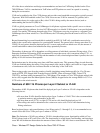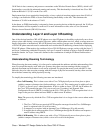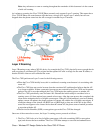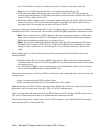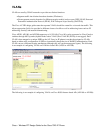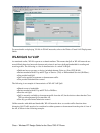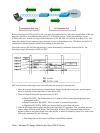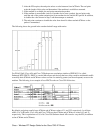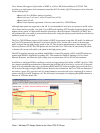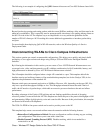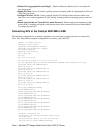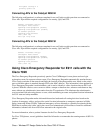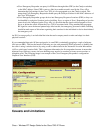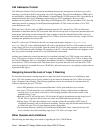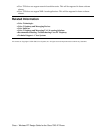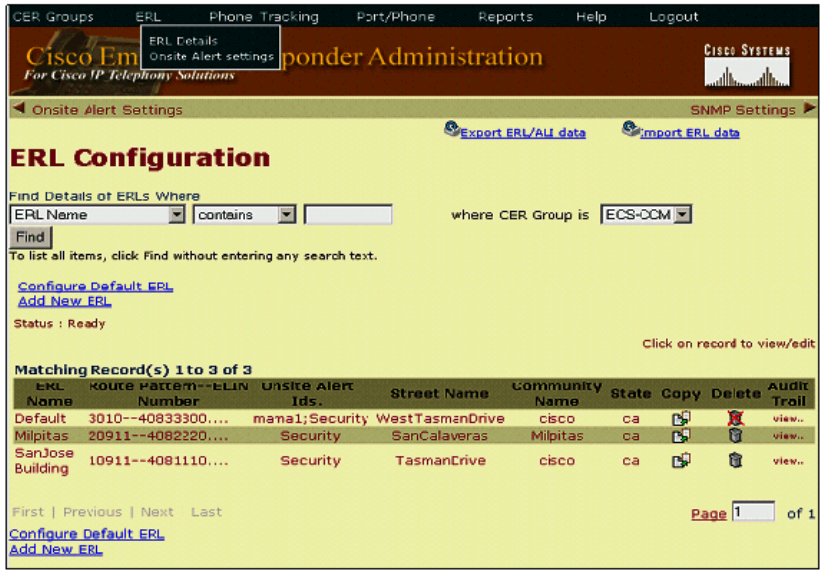
Cisco Emergency Responder can query for IP Phones through either CDP (on the Catalyst switches)
or the MAC address. Since CDP is sent as a link−layer multicast and is used by the Cisco AP to
determine the QoS settings for the Cisco 7920, it is not propagated up to the Catalyst switch. This
means that Cisco Emergency Responder should query the Catalyst switches for the MAC addresses of
the Cisco 7920 phones.
•
Cisco Emergency Responder groups devices into Emergency Response Locations (ERL) so they can
be identified by a physical location (such as building, floor, or region of floor). Depending on how the
power levels are configured on the Cisco APs, it is possible that the signal could propagate to floors
above or below the actual AP that the Cisco 7920 is associated with. Using antennas that propagate
RF signal in a more horizontal pattern helps alleviate this, but emergency personnel within a building
should be made aware of this when organizing their searches for the individual or device that initiated
the emergency call.
•
An E911 coverage policy is an individual decision that each company needs to make and adapt it to their
physical locations.
It is recommended that each AP been assigned to its own ERL (or minimally grouping a couple of adjacent
APs into one ERL). This has the benefit of allowing on−site, and potentially PSAP personnel, to identify that
the caller is using a wireless device (by using a code or abbreviation in the Automatic Location Information
(ALI) or switch port location field). This is important information for first responders because it means that
adjacent floors, hallways, rooms, and even buildings may need to be searched to locate an unconscious or
incapable caller. The following image is an example of the Cisco Emergency Responder's configuration
Graphical User Interface (GUI):
Caveats and Limitations
Cisco − Wireless IPT Design Guide for the Cisco 7920 IP Phone



